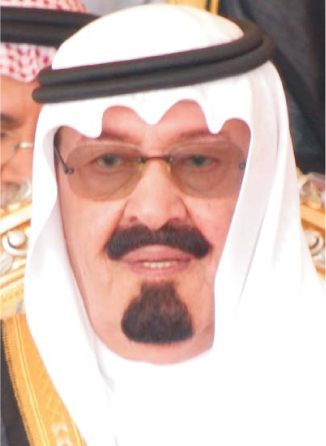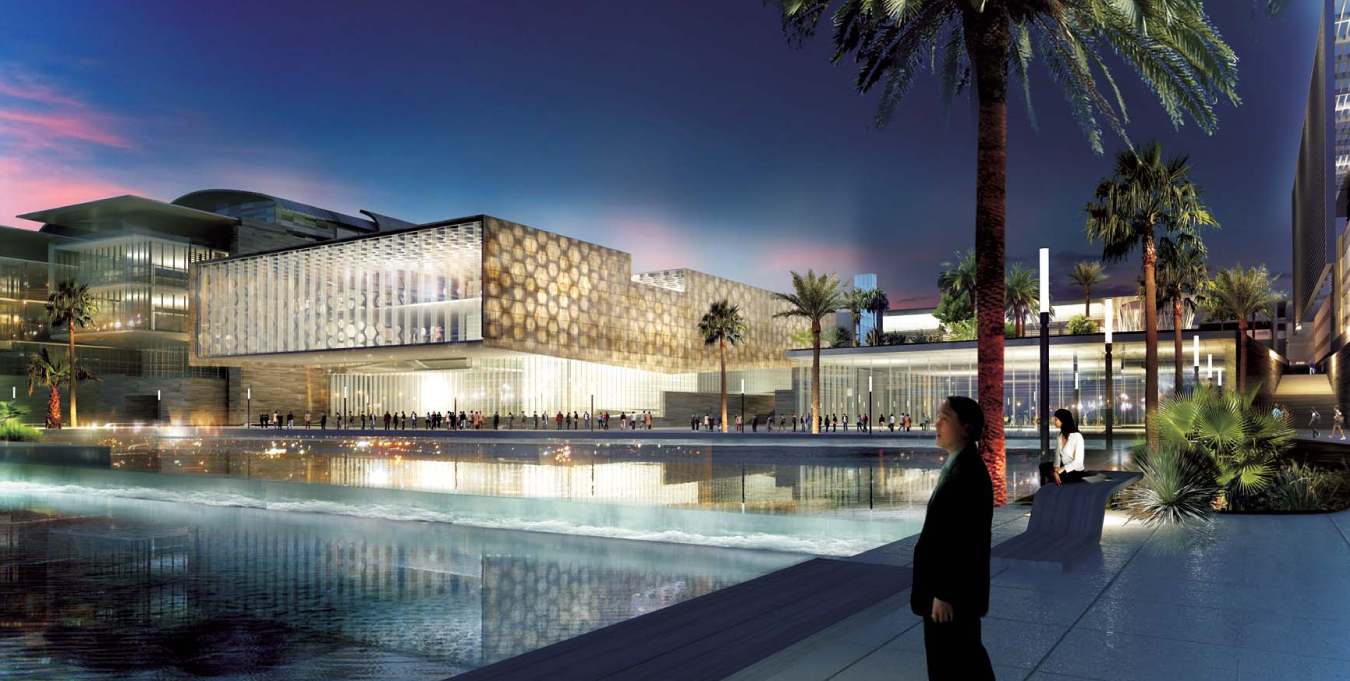Saudi Arabia sets up research university
DOI: 10.1063/1.2774093
Ground was broken this spring on the King Abdullah University of Science and Technology in Saudi Arabia. With a roughly $10 billion endowment, KAUST will be among the richest universities in the world. Pointing to earlier failed—but less well-funded—ventures, skeptics say the country would be better served by improving its existing educational system.
KAUST was the brainchild of King Abdullah bin Abdulaziz Al Saud; on top of providing the endowment, he is spending more than $3 billion on the KAUST campus and a university town on the Red Sea, about 170 kilometers northwest of Mecca. “It has been our leader’s dream for many, many years to represent Saudi Arabia as a major contributor in technology and research, and also to drive the kingdom’s economy to be more of a knowledge economy,” says Nadhmi Al-Nasr, the interim president of KAUST.
International and interdisciplinary
With interdisciplinary institutions rather than traditional departments, KAUST will start off with four research focuses—energy and environment, biosciences and engineering, materials science and engineering, and applied math and computational science. “We would like to address technical problems that are facing us as a nation but also the region and the world,” says Al-Nasr. Solar energy and water desalination are examples, he adds. The university will offer only graduate degrees, and the aim is to build up to about 600 faculty members and a student body of 2000, with about a third of each from Saudi Arabia. Classes will be taught in English.
“We are creating this from zero,” Al-Nasr says, “so almost everything we do is a challenge. We know what it takes to become a world-class institution—world-class faculty, world-class students, and world-class research.” Over the past few years, he adds, Saudi Arabia has been undertaking a “massive reassessment of the whole education system in the kingdom—not only higher education but also primary and secondary education.” At present, he notes, Saudi Arabia invests minimally in research. “We are not proud of where we stand today, but we are confident that with all of these initiatives, topped by KAUST, that percentage [of the gross domestic product invested in research] will eventually match western countries.”
The university is launching several initiatives this year to cultivate both collaborations and a cadre of people ready to come to KAUST when it opens its doors in 2009. For example, grants totaling $1 billion over 10 years will be competitively awarded to applicants from selected institutions worldwide to establish interdisciplinary research centers, fund individual investigators and postdocs, and support as many as 250 undergraduate students a year who commit to going to KAUST for graduate studies. Another tack is to engage top-notch departments to hire people for KAUST. For example, says Al-Nasr, “We will approach the department of chemical engineering at Imperial College in London with the understanding that we are willing to help them with their budget if they help us recruit world-class faculty.”
“Building a world-class institution takes time,” says Imperial College’s Richard Sykes, a member of the KAUST advisory council. “I think they’ve got all the right pieces—good funding to create good infrastructure and academic freedom. If they can attract the right people, then it has enormous potential.”
“We want our faculty to have the freedom to think out of the box,” says Al-Nasr. Within the university enclave, women will be permitted to drive; some other rules of Saudi society will also be relaxed. The king has approved a charter that endorses academic freedom, adds KAUST advisory council member Frank Press, former president of the US National Academy of Sciences. “And in that country, approval by the king means it will be done.” The advisory council, he adds, “insisted on this to be associated with [KAUST]. This is a vast experiment. It’s nation changing. It’s a sign that Saudi Arabia wants to participate in the international community of research universities.”
Academic culture
The promise of academic freedom and the grand ambitions for KAUST raise skeptics’ eyebrows. Riazuddin, director general of the National Centre for Physics in Islamabad, Pakistan, who spent 15 years on the faculty of King Fahd University of Petroleum and Minerals in Dhahran, Saudi Arabia, likens the effort to transplanting an organ: “In the present case, even the matching of the transplant is not congruent with the soil. Thus I am very skeptical that the implant will be successful.”
“You can build a new university town, import the best equipment money can buy, offer good salaries to attract faculty and students,” Riazuddin continues, “but you cannot buy an environment and academic culture.” Pervez Hoodbhoy (see his article on
But, Hoodbhoy adds, “If the Saudi government delivers upon its promise to guarantee cultural, religious, and academic freedom, it will surely be a tremendous step forward for the country and the Arab world. Even though the stipulated freedom will be limited to a tiny and largely insulated university enclave, its implications will be profound. It will demonstrate to other Islamic countries that even the most conservative of states can, if there is sufficient political will, take a big step forward towards modernity.”

King Abdullah


The library and sea court on the campus of the King Abdullah University of Science and Technology.
(Artist’s rendering courtesy of HOK.)

More about the Authors
Toni Feder. American Center for Physics, One Physics Ellipse, College Park, Maryland 20740-3842 US . tfeder@aip.org
